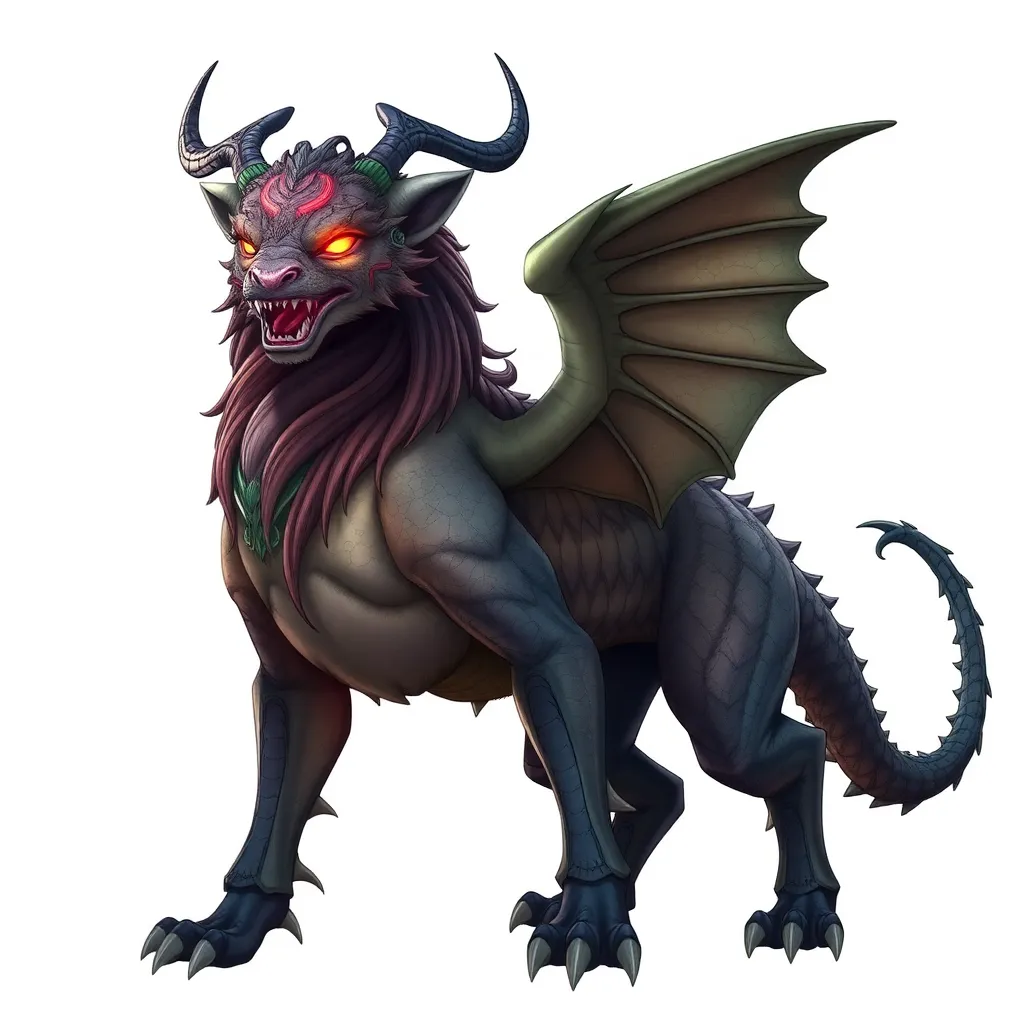The Tanuki of Nara: Exploring the Myths of Todai-ji Temple
I. Introduction
Nara, the ancient capital of Japan, is a city rich in historical significance and cultural heritage. Established in the early 8th century, it served as the capital of Japan for 74 years and is home to some of the country’s most important temples and shrines, including the famed Todai-ji Temple.
Todai-ji Temple, or “Great Eastern Temple,” is renowned for its grand architecture and the Great Buddha (Daibutsu) statue housed within. This temple not only serves as a spiritual center but also as a symbol of the cultural identity of Nara.
Integral to the folklore of Japan, the Tanuki—a creature often depicted as a shape-shifting trickster—plays a significant role in the myths surrounding Nara and Todai-ji. This article delves into the captivating legends of the Tanuki and their connection to the cultural fabric of Nara.
II. The Legend of the Tanuki
The Tanuki has its origins deeply rooted in Japanese mythology. Traditionally depicted as a mischievous creature resembling a raccoon, it embodies the spirit of transformation and playfulness.
Characteristics and symbolism of the Tanuki include:
- Shape-shifting abilities, allowing it to take on various forms.
- A playful demeanor, often seen as a prankster.
- Association with prosperity and good fortune, particularly in agriculture.
The Tanuki’s portrayal as a shape-shifter and trickster figure allows it to embody both whimsical and profound qualities, making it a beloved character in Japanese folklore.
III. Todai-ji Temple: A Historical Overview
Todai-ji Temple was founded in 752 AD during the Nara period, primarily to promote Buddhism throughout Japan. The temple’s architectural significance lies in its massive wooden structure, which is one of the largest wooden buildings in the world.
At the heart of Todai-ji is the Great Buddha (Daibutsu), a colossal bronze statue that stands over 15 meters tall. This statue represents Vairocana Buddha and serves as a focal point for worship and pilgrimage.
The relevance of the Tanuki lore to the Great Buddha is seen in the tales that associate the Tanuki with the temple’s spiritual practices and the prosperity it symbolizes for the region.
IV. Tanuki Statues and Their Significance
Throughout Nara, particularly around Todai-ji Temple, Tanuki statues can be found in various forms, often depicted with a jovial expression and a straw hat. These statues are characterized by:
- Large, round bellies symbolizing abundance.
- Prominent eyes that reflect the creature’s playful nature.
- Traditional attributes such as a sake bottle, a bag of money, or a bamboo staff.
The cultural meanings associated with these statues are profound, representing not only prosperity but also the spirit of resilience and adaptability. The prevalence of Tanuki imagery is evident in various forms of Japanese art, from pottery to paintings, showcasing its enduring influence on Japanese culture.
V. Myths and Stories Involving the Tanuki at Todai-ji
Numerous tales link the Tanuki to Todai-ji Temple, each reflecting the values and beliefs of society. Some notable tales include:
- The story of a Tanuki who aided a lost traveler, guiding him safely to the temple.
- A legend of a Tanuki that transformed into a monk to protect the temple from evil spirits.
These stories not only entertain but also convey moral lessons, emphasizing themes of kindness, protection, and the importance of community. The impact of these myths on local culture and tourism is significant, drawing visitors eager to learn about the rich folklore of Nara.
VI. Contemporary Interpretations of Tanuki Myths
In modern times, the Tanuki continues to inspire artistic representations in Nara. Contemporary artists draw from traditional motifs, reimagining the Tanuki in various media, including:
- Sculptures and installations in public spaces.
- Illustrations in children’s books and educational materials.
- Merchandise featuring Tanuki characters, appealing to tourists and locals alike.
The Tanuki has also found a place in popular culture, making appearances in literature, films, and video games. These interpretations influence how both locals and visitors perceive the cultural significance of Nara and Todai-ji Temple, bridging the gap between ancient folklore and contemporary society.
VII. Tanuki Festivals and Cultural Events
Nara hosts several festivals celebrating the Tanuki, where the community comes together to honor this beloved creature. Highlights of these festivals include:
- Parades featuring floats adorned with Tanuki imagery.
- Traditional performances, including dances and skits that recount Tanuki legends.
- Food stalls offering local delicacies, often themed around the Tanuki.
Community involvement is vital during these events, as locals participate in organizing activities, crafting decorations, and sharing stories. The festivals play a crucial role in preserving folklore and tradition, ensuring that the legacy of the Tanuki continues to thrive in Nara.
VIII. Conclusion
The Tanuki holds a significant place in Nara’s cultural landscape, embodying the city’s rich folklore and history. Its connection to Todai-ji Temple adds depth to the myths surrounding this ancient site, making it a focal point for both worship and tourism.
As visitors explore Nara, they are encouraged to delve into its rich heritage, discovering the enchanting stories of the Tanuki and the spiritual significance of Todai-ji Temple. The enduring appeal of these myths continues to inspire generations, making Nara a captivating destination for anyone interested in Japanese culture.



